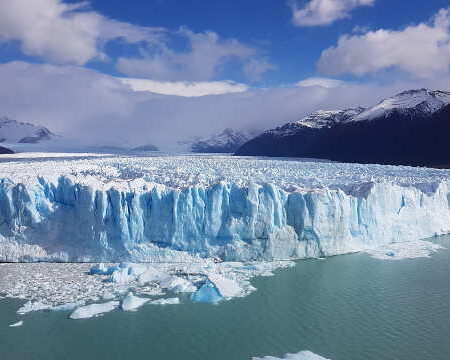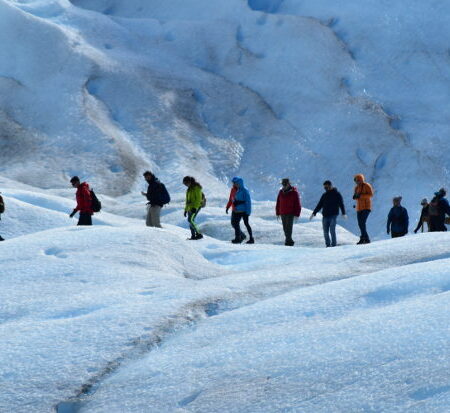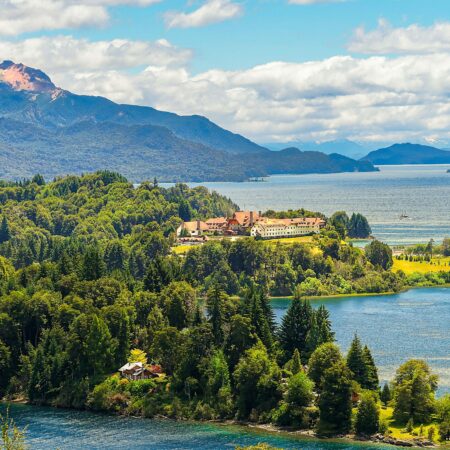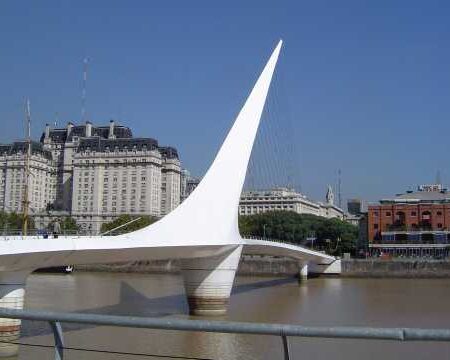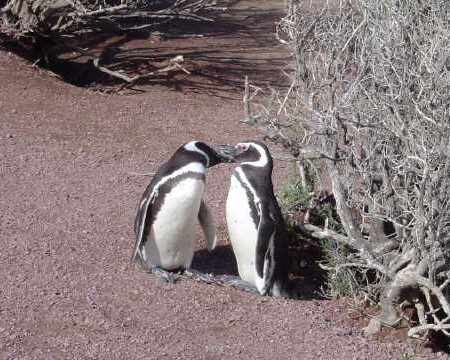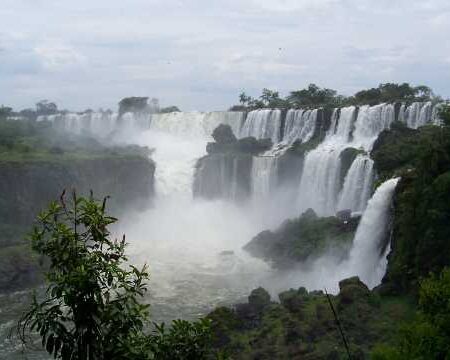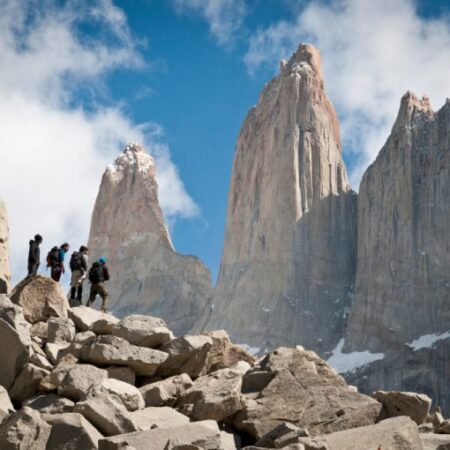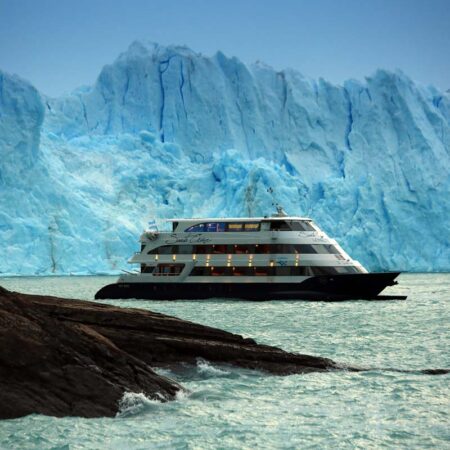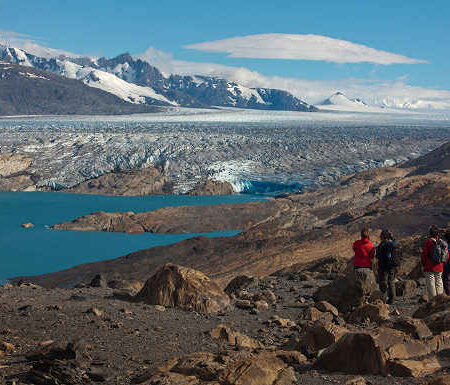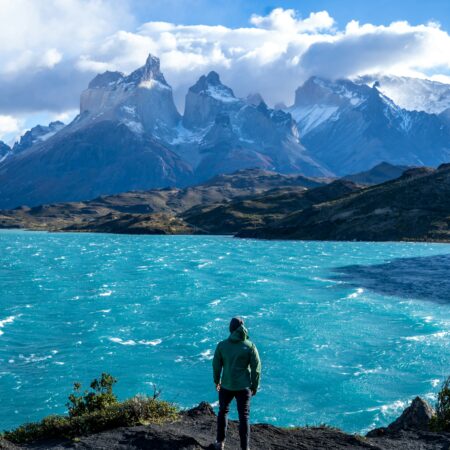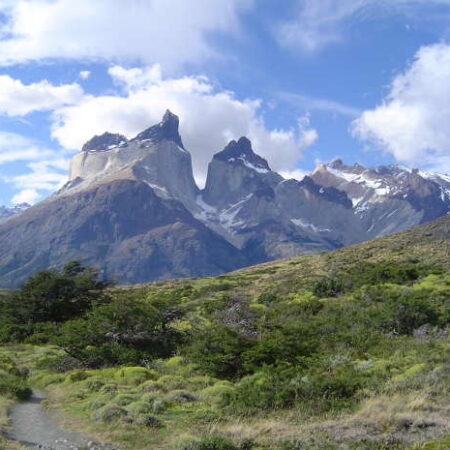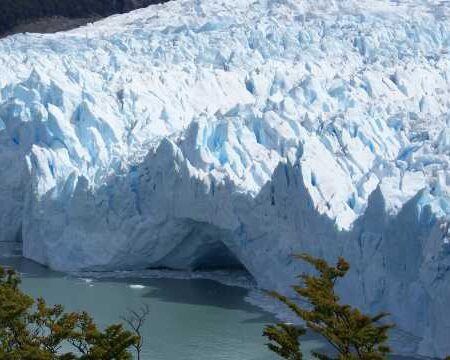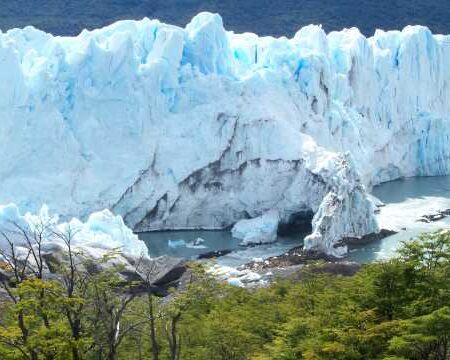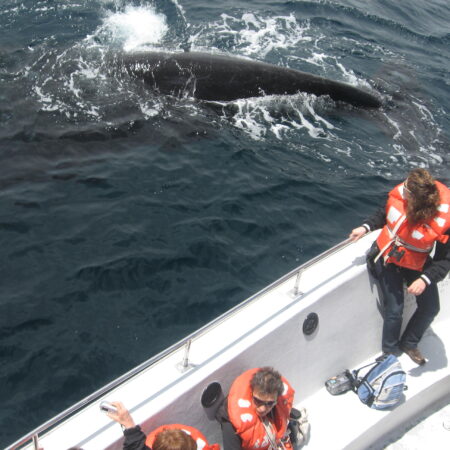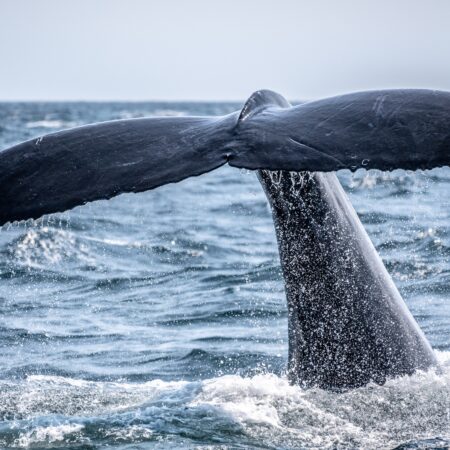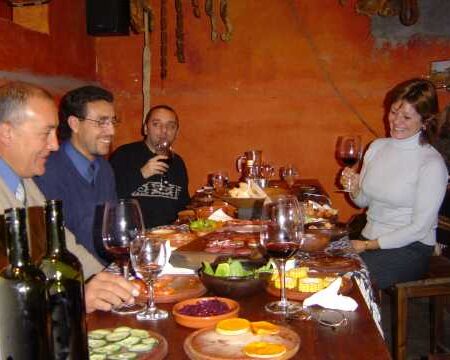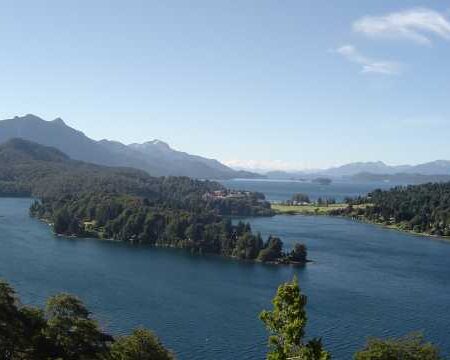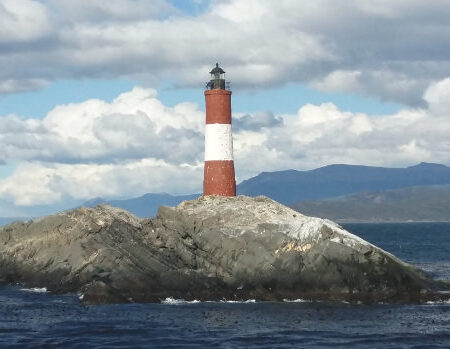“La Patagonia, incluso hasta nuestros días, carece de historia; sólo dispone de historias, a las que el sistema pedagógico nacional soslaya prolijamente y que sólo pueden ser rescatadas de los rumores que el viento se llevó”, afirma Christian Ferrer.

En Cabezas de tormenta, Ferrer logra concretar su aclamada “geografía espiritual”: “hace evidentes los pasos perdidos, los senderos olvidados, las rutas desusadas, y sobre todo, permite hacer interceptar los atlas imaginarios (literarios, utópicos, legendarios) y los dramas biográficos” de la Patagonia.
Ferrer es un sociólogo y ensayista argentino. Es Profesor de la Facultad de Ciencias Sociales de la Universidad de Buenos Aires (UBA). Es integrante de las revistas El Ojo Mocho y Artefacto. Es autor de El lenguaje libertario. Antología del pensamiento anarquista contemporáneo; de Mal de ojo. Ensayo sobre la violencia técnica; de Prosa plebeya; y de Lírica social amarga. Es editor de la revista Sociedad de la Facultad de Ciencias Sociales de la UBA. Y es anarquista.
Para Ferrer el anarquismo es una forma de vivir, por lo que la única forma de transmitirlo es a través de ejemplos de vida. Por eso en Cabezas de Tormenta aborda la temática anarquista de una forma sumamente personal, y reconstruye parte de la historia patagónica por medio de las vivencias de cuatro hombres: Julio Argentino Roca, Errico Malatesta, Lewis Jones y Orélie Antoine de Tounens.
 A continuación, un fragmento de Cabezas de tormenta titulado “Las expediciones” :
A continuación, un fragmento de Cabezas de tormenta titulado “Las expediciones” :
“Cuatro son los puntos cardinales y cuatro los hombres significativos que ingresaron en la Patagonia a fines del siglo pasado. Por el Norte, el general Julio Argentino Roca al mando de un ejército; por el Sur, el anarquista Errico Malatesta junto a otros cuatro compañeros de ideas; por el Este, doscientos emigrantes galeses liderados por Lewis Jones, que arribaron en un buque llamado Mimosa, un“Mayflower” para la región del Chubut, en busca de una nueva vida; y por el Oeste, a través de tierras araucanas, el francés Orélie Antoine de Tounens, hidalgo arruinado que pretendía un cetro y una corona. La Patagonia fue invadida por un militar, que sería próximo presidente de la Argentina; por un rey de opereta; por un anarquista fugitivo del gobierno italiano; y por unos colonos cuyo líder creía en un vago ideario socialista de índole fabiano. Cada uno de ellos tenía en mente un modelo de organización colectiva: la Comunidad corresponde a los colonos; el Imperio al autoasumido rey de Araucanía y Patagonia; el Estado-nación al general Roca y, al fin, la Revolución Mundial a los anarquistas. Cada una de estas expediciones patagónicas dejó tras de sí restos históricos, emblemáticos, espirituales, e incluso gastronómicos que, a excepción de la crónica de la incursión estatal-militar, fueron disolviéndose en el olvido, y resultan ser, para los argentinos de hoy en día, vaporosos; a lo sumo, anécdotas. Esos vestigios están enterrados a ras de tierra: sobreviven débilmente en las leyendas populares de la región o en los rumores excéntricos que de vez en cuando alguien rememora. Es justo: el Estado se ocupa de promover las gestas unificadoras del territorio y de incrustarlas en los programas curriculares difundidos en escuelas y universidades. Los demás sólo pueden aspirar a la piedad histórica que se transmite de boca en boca, cuencas carnales que amparan la historia social de un pueblo. En ocasiones, una sola persona en el mundo recuerda lo sucedido.
 A mediados del siglo XIX la Patagonia era sinónimo de territorio desconocido, gigante, semi despoblado y nunca mensurado. Era el mundo exclusivo de los Tehuelches y Mapuches. Y aún circulaban leyendas improbables sobre la existencia de El Dorado, la ciudad cubierta de oro que buscaron afanosamente los conquistadores españoles. Lejos de su larguísima línea costera, en donde de vez en vez se detenían exploradores, balleneros o abastecedores de los escasos puertos allí establecidos, el desierto patagónico era tierra de nadie, es decir, de indígenas. Era “La Tierra”, tal como la llamaban los Mapuches, sus pobladores primigenios. Sólo algunos pioneros y los eternos traperos que comerciaban con los indios conocían los senderos interiores. El auténtico gobernante de la Patagonia en el siglo XIX era el viento, cuyas borrascas fogosas alcanzaban, en su momento de esplendor, los ciento veinte kilómetros por hora. Al terminar el día, el silencio transparente y la noche austral, valvas simétricas, se fundían suavemente. Patagonia era una palabra escrita en un mapa vacío, al cual los gobernantes argentinos recientemente liberados de su larga guerra civil vigilaban ansiosa y codiciosamente desde Buenos Aires, preocupados por las posibles reclamaciones chilenas o europeas.”
A mediados del siglo XIX la Patagonia era sinónimo de territorio desconocido, gigante, semi despoblado y nunca mensurado. Era el mundo exclusivo de los Tehuelches y Mapuches. Y aún circulaban leyendas improbables sobre la existencia de El Dorado, la ciudad cubierta de oro que buscaron afanosamente los conquistadores españoles. Lejos de su larguísima línea costera, en donde de vez en vez se detenían exploradores, balleneros o abastecedores de los escasos puertos allí establecidos, el desierto patagónico era tierra de nadie, es decir, de indígenas. Era “La Tierra”, tal como la llamaban los Mapuches, sus pobladores primigenios. Sólo algunos pioneros y los eternos traperos que comerciaban con los indios conocían los senderos interiores. El auténtico gobernante de la Patagonia en el siglo XIX era el viento, cuyas borrascas fogosas alcanzaban, en su momento de esplendor, los ciento veinte kilómetros por hora. Al terminar el día, el silencio transparente y la noche austral, valvas simétricas, se fundían suavemente. Patagonia era una palabra escrita en un mapa vacío, al cual los gobernantes argentinos recientemente liberados de su larga guerra civil vigilaban ansiosa y codiciosamente desde Buenos Aires, preocupados por las posibles reclamaciones chilenas o europeas.”
Fuente: Cabezas de Tormenta. Ensayos sobre lo ingobernable; Ferrer, Christian. Editorial Utopia Libertaria; Corrientes 4790, Buenos Aires, Argentina.
